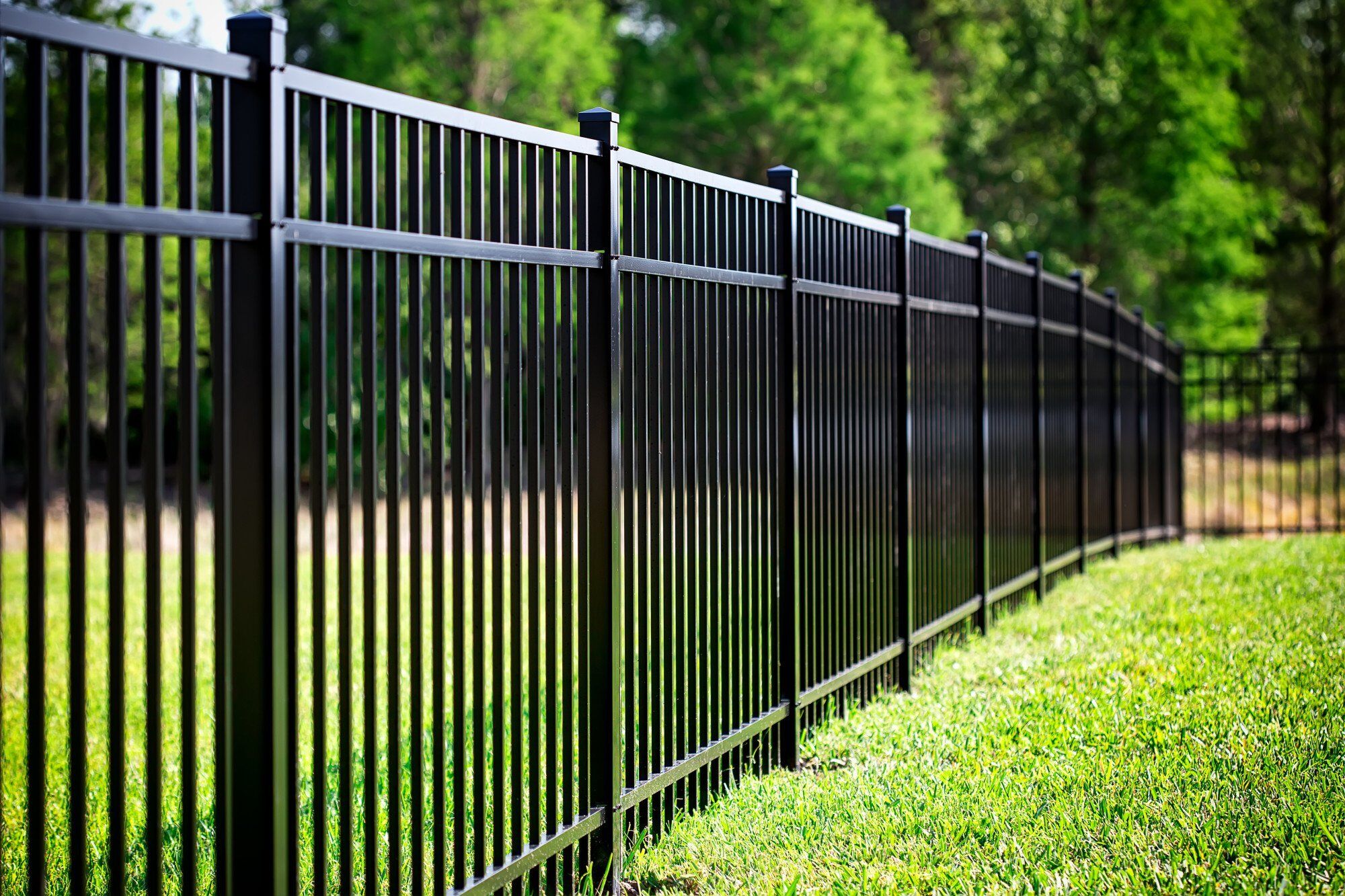All Categories
Featured

As sustainability becomes a concern for property owners and organizations alike, the demand for green products, consisting of fencing products, has actually risen. Typical fencing alternatives such as timber, steel, and vinyl can have unfavorable ecological impacts, yet there are now numerous eco-conscious alternatives to think about. Picking eco-friendly secure fencing materials not just assists lower your carbon impact yet also contributes to a more lasting and all-natural atmosphere.
- Bamboo Fencing. Bamboo is just one of the most environment-friendly secure fencing choices offered. Known for its rapid growth and very little ecological effect, bamboo is a very renewable energy. Unlike standard woods, bamboo can be collected in a couple of years and regrows rapidly, making it a lasting option for fence. It's strong, long lasting, and resistant to parasites, offering a natural and fashionable alternative for home owners.
Perks: Bamboo is fast-growing, lightweight, and sustainable. It requires less plant foods and chemicals compared to other plants, making it a low-maintenance alternative. Considerations: While bamboo is resilient, it might require routine upkeep to shield it from weathering and natural wear. It can also be vulnerable to breaking in colder environments. 2. Recycled Materials. Fences made from recycled materials are becoming increasingly prominent as a green option. These fencings are made from post-consumer plastic, redeemed wood, and other recycled products, keeping waste out of landfills. Using recycled products reduces the demand for brand-new raw resources, lessening ecological degradation.

Benefits: These fences assist reduce waste and save natural deposits. They are additionally commonly low-maintenance and resilient. Factors to consider: While recycled fences can be resilient, the appearances might not always match typical secure fencing alternatives. Lots of styles are now offered that resemble the look of timber or rock. 3. Composite Fencing. Compound secure fencing is made from a combination of recycled wood fibers and plastic, supplying the look of wood without the environmental impact. Several composite fences are made from recycled material, further improving their green standing. These fences are durable, need minimal upkeep, and do not require to be treated with unsafe chemicals like conventional timber fences.
Perks: Compound fencings are long lasting, immune to rot, and need little upkeep. They likewise give a similar aesthetic to wood without logging issues. Considerations: While they are low-maintenance, composite fencings might be extra pricey than typical wood or plastic choices. The production process can likewise be energy-intensive. 4. Cedar and Redwood Secure Fencing. Cedar and redwood are all-natural wood products that are often taken into consideration a lot more eco-friendly compared to various other hardwoods. These sorts of wood are normally resistant to decay, bugs, and wetness, which decreases the requirement for chemical therapies. In addition, these trees are grown in lasting woodlands, ensuring that they are harvested responsibly.
Conveniences: Cedar and redwood are both resilient and normally stunning materials. They use natural resistance to bugs and rot, which helps reduce the demand for chemical therapies. Factors to consider: These timbers can be extra costly than various other alternatives. They likewise call for occasional maintenance, such as tarnishing or sealing, to ensure durability. 5. Living Fences (Hedges and Shrubs) Living fencings, made from bushes, shrubs, or trees, are an environmentally friendly choice that likewise offers all-natural personal privacy and aesthetic allure. Plants such as privet, boxwood, bamboo, and arborvitae are generally used for producing dense, green fences. These living obstacles aid with noise reduction, improve air top quality, and provide habitat for local wildlife.
Advantages: Living fences advertise biodiversity, improve air top quality, and improve the aesthetic appeal of your property. They additionally take in carbon dioxide and contribute to a greener atmosphere. Factors to consider: Living fences call for maintenance, such as trimming and watering, to ensure they expand properly. They may not offer the same degree of safety as traditional fencing products. 6. Stone and Reclaimed Brick Fencing. Stone and reclaimed brick fencings are another environment-friendly choice. These products are durable, need marginal maintenance, and have a long life expectancy. When redeemed from old buildings or frameworks, they assist decrease the demand for new products and avoid waste from getting in landfills.
Perks: Stone and block are durable, weather-resistant, and supply a classic, timeless aesthetic. Redeemed products additionally have a very little ecological impact. Factors to consider: The installation of rock and brick fencings can be labor-intensive, and the products may be a lot more expensive than other choices. The long-term longevity and reduced maintenance costs can make them a worthwhile investment. Conclusion. Choosing a green secure fencing product is a smart means to reduce your ecological influence while enhancing your property's privacy and aesthetic allure. Bamboo, recycled materials, composite fence, and living fencings all provide sustainable options that minimize waste, preserve resources, and advertise a greener way of life.
By choosing one of these environmentally friendly fencing choices, you add to the security of the environment while developing a stunning, practical exterior area. The right product will certainly rely on your preferences, environment, and the degree of maintenance you want to give, yet felt confident that there are many eco-conscious choices that line up with your lasting way of living.
Latest Posts
Explore Limited-Time Auto Repair Specials in Chicago at Montclare Auto Repair
Published May 23, 25
1 min read
Learn About Montclare Auto Repair’s Most Popular Services and Why Drivers Trust Them
Published May 23, 25
1 min read
Enhance Your Residential Property with Expenses Door Equipment
Published May 21, 25
1 min read
More
Latest Posts
Explore Limited-Time Auto Repair Specials in Chicago at Montclare Auto Repair
Published May 23, 25
1 min read
Learn About Montclare Auto Repair’s Most Popular Services and Why Drivers Trust Them
Published May 23, 25
1 min read
Enhance Your Residential Property with Expenses Door Equipment
Published May 21, 25
1 min read